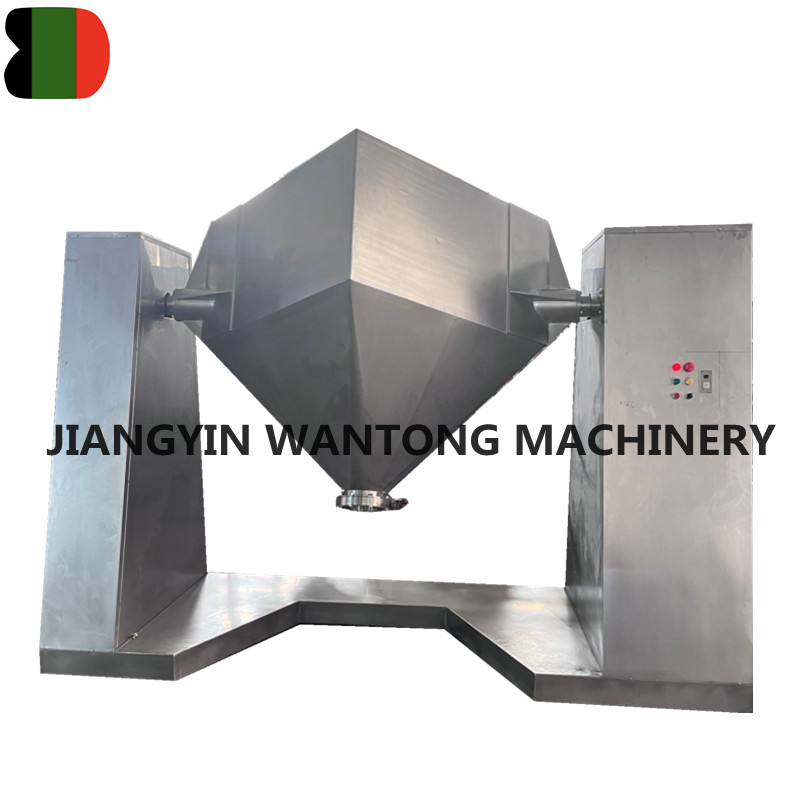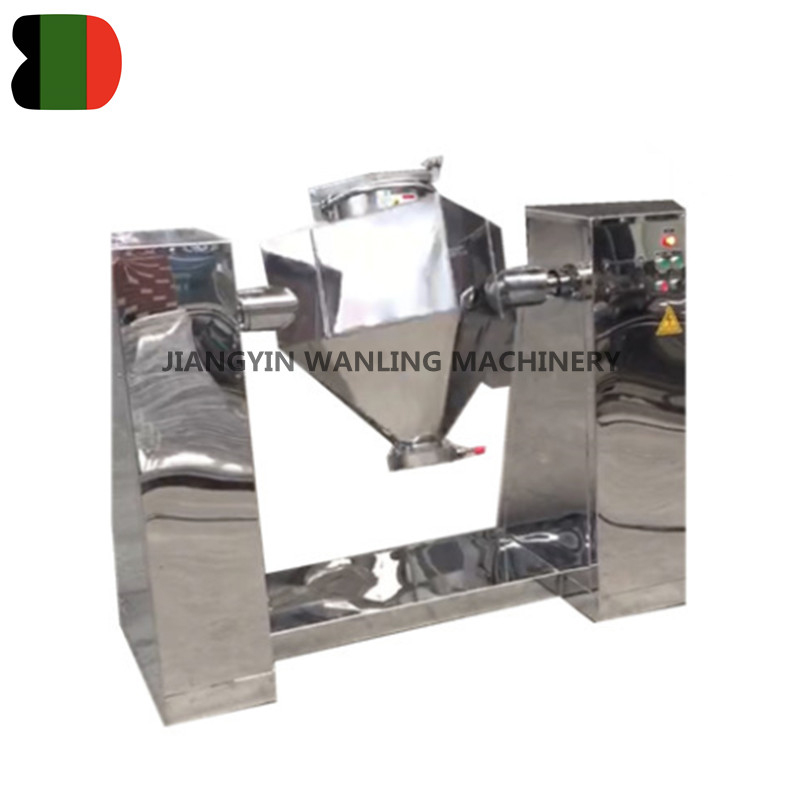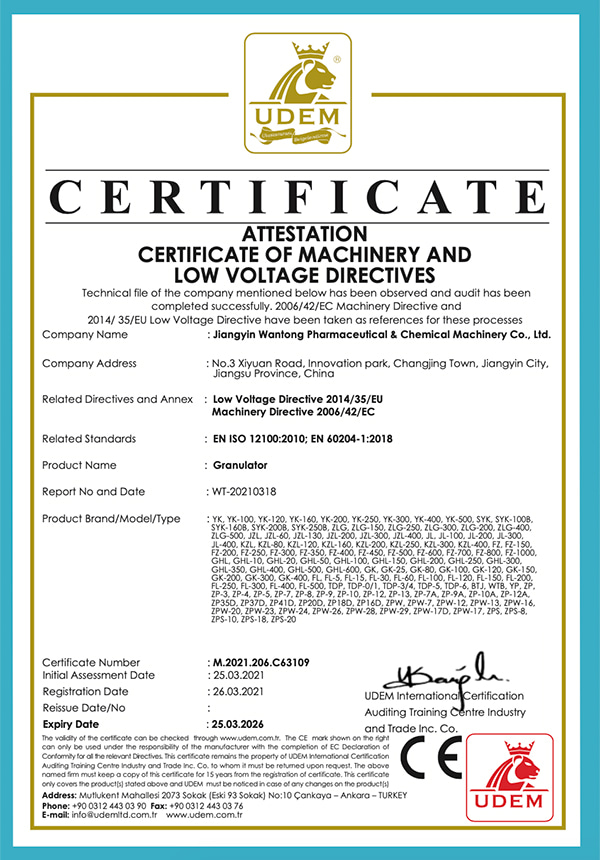Bin Mixer Manufacturer
-


FZ Stainless Steel Powder Bin Cone Mixer
FZ series square cone shape blender is widely applied in the industry of pharmaceutics, chemicals, metallurgy, food and feedstuff. It is a n... -


FZ Automatic Food Cereal Powder Bin Mixer Blender Machine
This FZ automatic food cereal powder bin mixer blender machine utilizes a unique square cone design and angled rotor to create a three-dimen... -


FZ cereal powder mixing bin mixer machine
FZ powder bin mixer is widely applied in the industry of pharmaceutics, chemicals, metallurgy, food and feedstuff. The bin mixer machine can...
Bin mixer is a device for mixing dry powder or dry small granular materials, suitable for the pharmaceutical, chemical, and food industries. The Bin mixer has a unique structural design, where the mixing container rotates and the materials inside the container move in multiple directions during the rotation process, resulting in multiple mixing points and good mixing effect. The mixing uniformity is high, with a large loading coefficient of 0.8.

About Us
Honor
-
 Honor
Honor -
 CE
CE
News
-
Industry News 2025-10-22
1. What a Horizontal Ribbon Mixer Is and Where It’s Used A horizontal ribbon mixer is an industrial ...
View More -
Industry News 2025-10-16
A tray dryer is a batch drying equipment widely used in the pharmaceutical, food, and chemical indus...
View More -
How does a double cone blender compare to ribbon blenders or V-blenders for industrial applications?Industry News 2025-10-09
A double cone blender has distinct advantages and limitations when compared to ribbon blenders and V...
View More -
Industry News 2025-10-01
Electric-Powered Tray Dryers Advantages: Precise and Stable Temperature ControlElectric-powered tr...
View More
Industry Knowledge Expansion
How does the bin mixer handle different batch sizes and changeovers?
Bin mixers are versatile pieces of equipment that can handle a range of batch sizes and are designed to facilitate changeovers efficiently. Here's how a bin mixer typically manages different batch sizes and changeovers:
Adjustable Mixing Blades: The mixing blades or agitators in a bin mixer can often be adjusted to accommodate different batch sizes. This ensures that the material is mixed thoroughly, regardless of the volume.
Variable Speed Drives: Many bin mixers feature variable speed drives that allow operators to control the speed of the mixing blades. This can be adjusted based on the batch size and the material being mixed.
Scalability: Bin mixers can be designed to scale up or down to meet the demands of different batch sizes. This might involve using a series of bin mixers with varying capacities or a single mixer with adjustable settings.
Batch Weighing Systems: Some bin mixers are equipped with batch weighing systems that can automatically measure and control the amount of material added to the mixer. This is particularly useful for precise batching and changeovers.
Quick Disconnect Systems: For changeovers, quick disconnect systems for utilities such as power, water, and air can be used to speed up the process and reduce downtime.
Material Handling Integration: Bin mixers can be integrated with material handling systems that automatically feed the correct amount of raw materials into the mixer, which is especially useful for automated changeovers.
Programmable Logic Controllers (PLCs): Automated bin mixers may use PLCs to control the mixing process, including batch size and changeovers. This allows for precise control and repeatability.
Dust Collection Systems: When dealing with powders or other dusty materials, bin mixers may be equipped with dust collection systems to manage the environment during changeovers.
Modular Design: Some bin mixers have a modular design, allowing for the addition of extra modules or bins when larger batch sizes are required.
Segregation of Materials: In cases where cross-contamination is a concern, bin mixers may have features to ensure complete segregation of materials between batches.
By incorporating these features, bin mixers can be adaptable to various batch sizes and can manage changeovers with minimal downtime, ensuring efficient and consistent production processes.



 Español
Español
